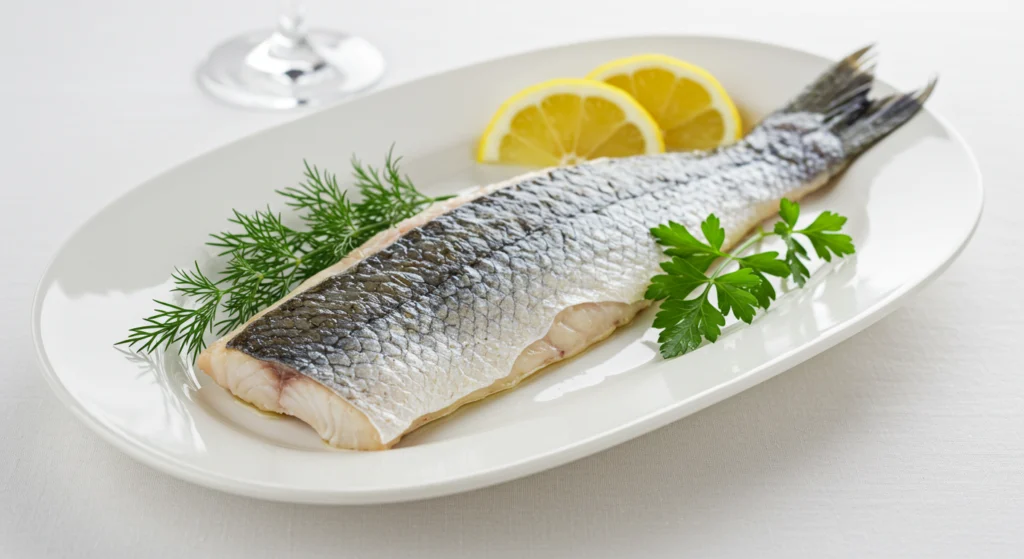introduction : freshwater sheepshead fish recipe
Often called a “trash fish,” the freshwater sheepshead has gotten a bad rap that it simply doesn’t deserve. Whether you call it Freshwater Sheepshead, Drum, or Gaspergou, you’ve come to the right place to discover why this underappreciated catch is actually a hidden culinary gem.
I’ll be honest with you – I used to toss these fish back without a second thought. But after learning the proper preparation techniques and experimenting with different cooking methods, I’ve completely changed my tune. This guide will walk you through everything from preparation to three fail-proof recipes that prove this fish is a hidden gem waiting to grace your dinner table.
Table of Contents
First Things First: Are Freshwater Sheepshead Good to Eat?
The honest answer? Yes, but preparation is everything.
When handled correctly, freshwater sheepshead offers a firm, white flesh with a mild, sweet flavor that’s surprisingly similar to redfish or snapper. The key is understanding what makes the difference between a delicious meal and a disappointing one.
The flavor of well-prepared freshwater drum is mild, clean, and highly versatile. The meat turns beautifully flaky when cooked, making it ideal for everything from crispy fried fillets to light, delicate baked dishes. The mild taste means it takes on seasonings beautifully without being overpowering.
Several factors affect the taste of your catch. Fish from cleaner, cooler water generally taste better, but don’t worry if you’re not sure about your fishing spot. The proper preparation techniques I’ll share can make any sheepshead delicious, regardless of where it was caught.
The Angler’s Corner: A Quick Guide to Catching Sheepshead
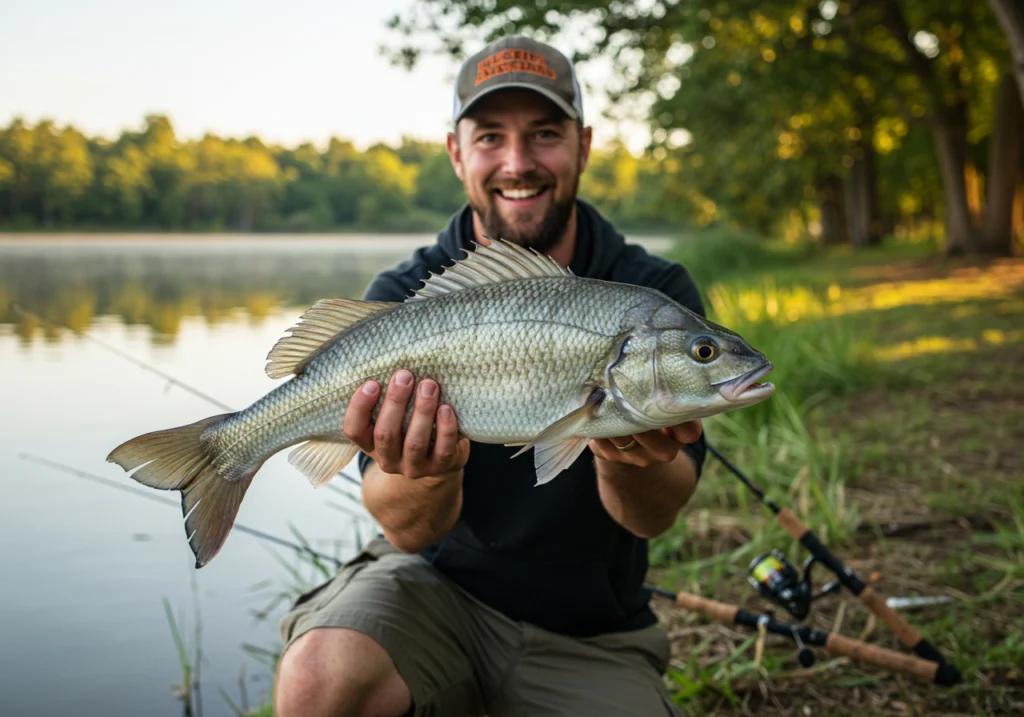
Before we dive into cooking, let’s talk about finding these fish. Freshwater drum prefer deep holes and structure in lakes and rivers. You’ll often find them around submerged logs, rocky areas, and drop-offs where they forage for mollusks and crustaceans.
For bait, you can’t go wrong with nightcrawlers, shrimp, or crayfish. These fish have powerful jaws designed for crushing shells, so don’t be surprised if they put up a good fight once hooked.
Here’s a crucial tip that many anglers overlook: put your fish on ice immediately after catching them. This single step preserves the flesh quality and prevents the muddy taste that gives freshwater drum their poor reputation.
The ESSENTIAL Step: How to Clean and Prep Freshwater Drum for the Table
This is where many people go wrong, and it’s exactly why this fish has such a bad reputation. Follow these steps carefully, and you’ll be amazed at the difference.
Step 1: Start the Fillet
Place your knife just behind the gills and make a smooth cut downward until you reach the backbone.
Angle your knife slightly downward and slice along the backbone toward the tail. Flip the fish and repeat on the other side. You should have two nice fillets.
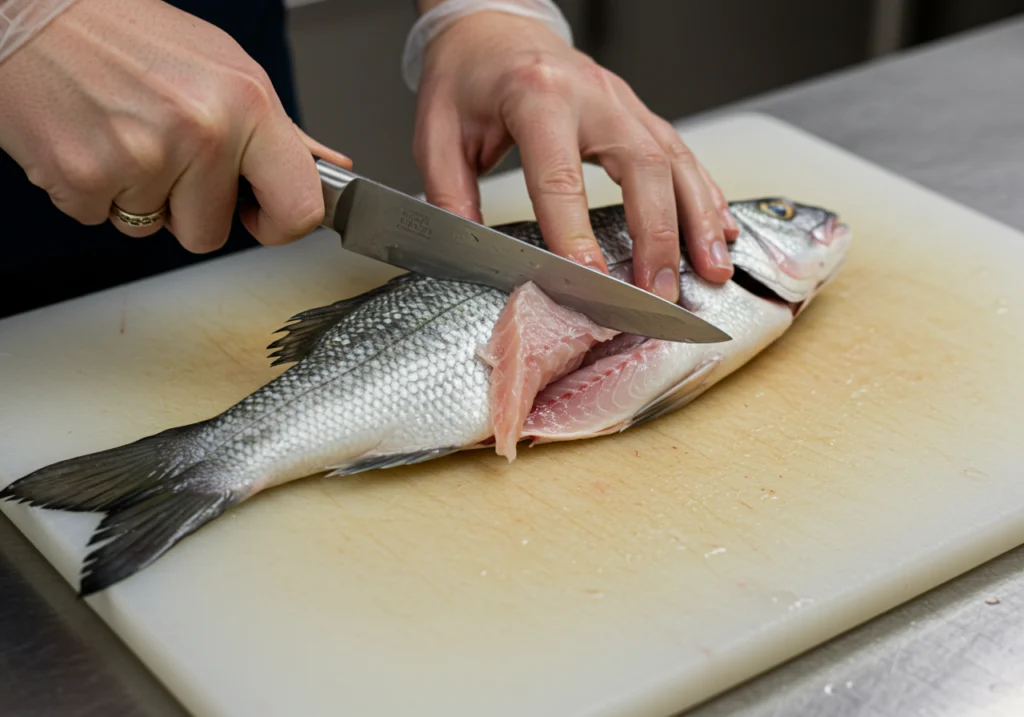
Step 2: The Secret to Great Flavor – Removing the Mud Line This is the game-changer that most people don’t know about. The “mud line” is a dark, reddish strip of muscle that runs along the fillet. This darker meat contains oils and compounds that create that unpleasant “muddy” taste everyone complains about.
To remove it, look for the darker red muscle along the fillet. Using a sharp fillet knife, carefully slice underneath this dark meat, separating it from the white flesh. You want to remove all of this darker tissue while keeping as much of the white meat as possible.
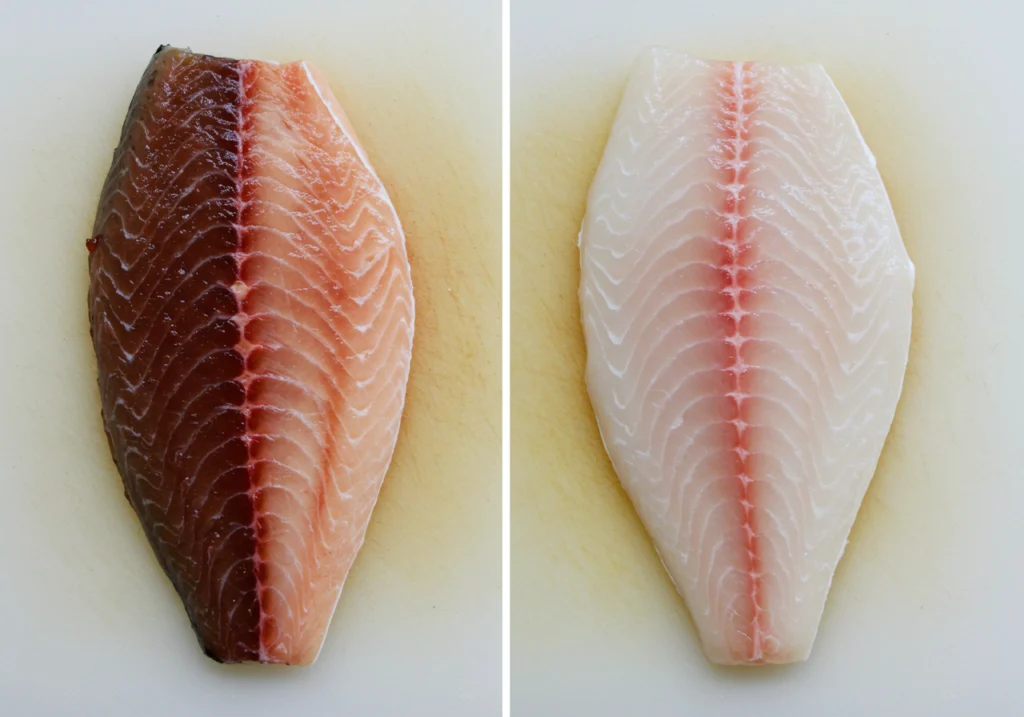
The difference between a fillet with the mud line and one without is dramatic. The cleaned fillet should be pure white or very pale pink, with no dark streaks running through it.
3 Fail-Proof Freshwater Sheepshead Recipes
Ready to transform your catch into something spectacular? Here are three proven recipes that showcase just how delicious freshwater drum can be.
Recipe 1: Classic Southern Crispy Fried Sheepshead
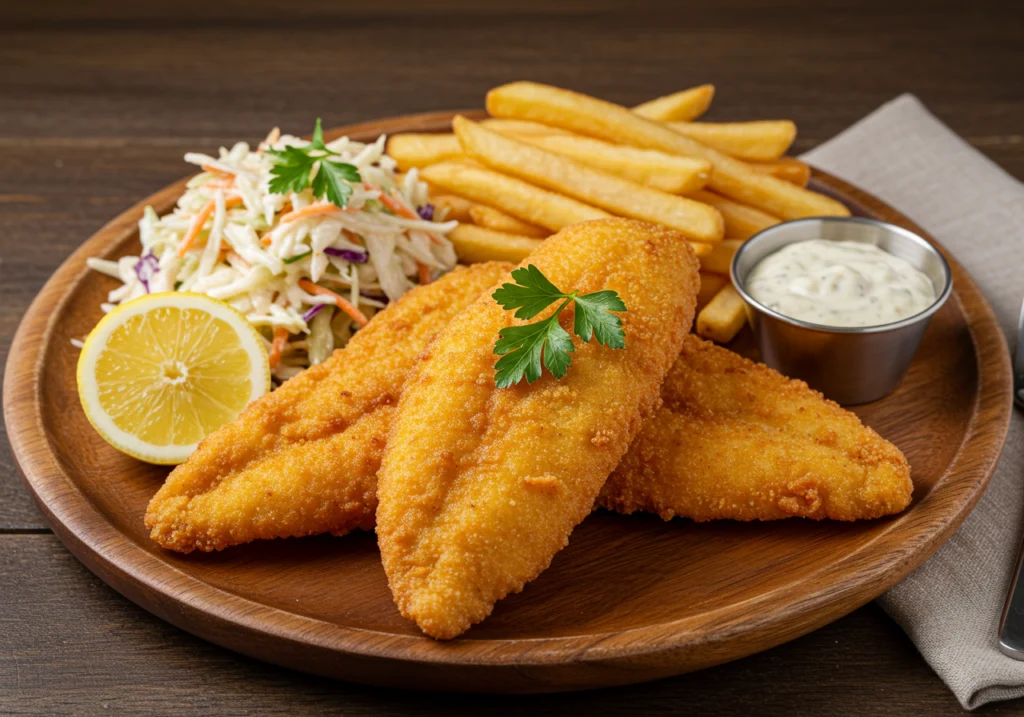
You can’t go wrong with this classic preparation that’s been perfecting freshwater drum for generations.
Prep Time: 15 minutes
Cook Time: 10 minutes
Servings: 4

Ingredients:
- 2 lbs freshwater sheepshead fillets (mud line removed)
- 2 cups cornmeal
- 1 cup all-purpose flour
- 2 tsp Cajun seasoning
- 1 tsp garlic powder
- 1 tsp paprika
- Salt and pepper to taste
- 2 eggs, beaten
- 1 cup buttermilk
- Oil for frying
Instructions:
- Slice the fillets into individual portions and season them with salt and pepper.
- Soak fish in buttermilk for 30 minutes (this helps remove any remaining muddy taste).
- Combine the cornmeal, flour, and all the seasonings in a large mixing bowl.
- Dip fish in beaten eggs, then coat thoroughly in seasoned cornmeal mixture.
- Heat the oil to 350°F, then fry the fish for 3 to 4 minutes on each side until it turns golden brown.
- Drain on paper towels and serve immediately.
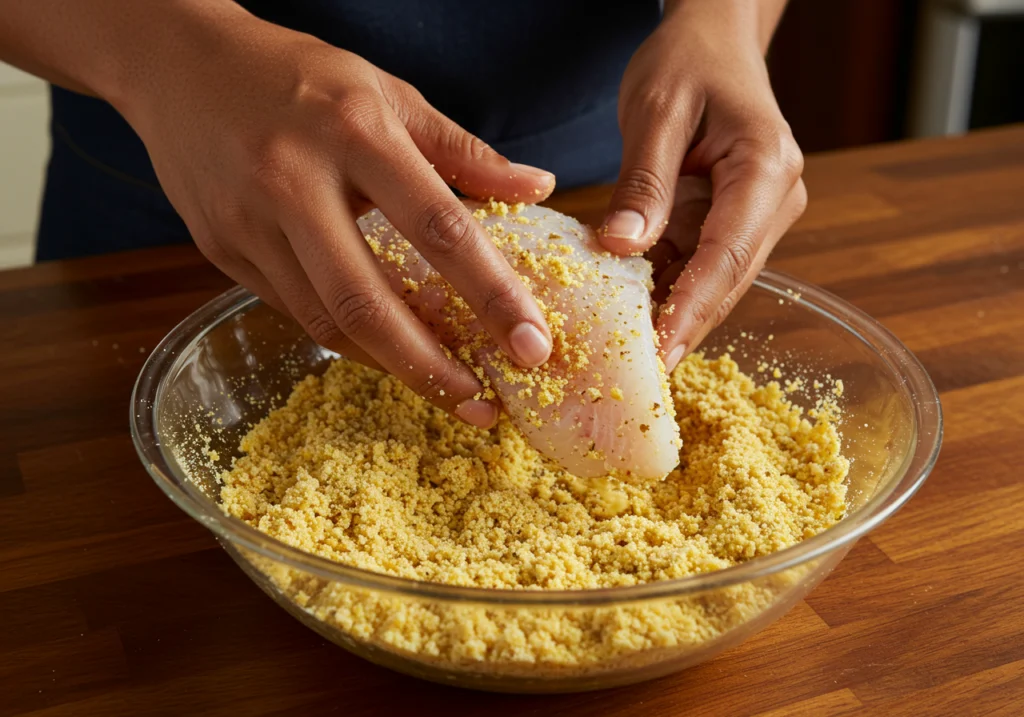
Tip: Whip up an easy tartar sauce by combining mayonnaise, chopped pickles, a squeeze of lemon juice, and a splash of hot sauce. This pairs perfectly with the crispy fish.
Recipe 2: Zesty Blackened Sheepshead Fish Tacos
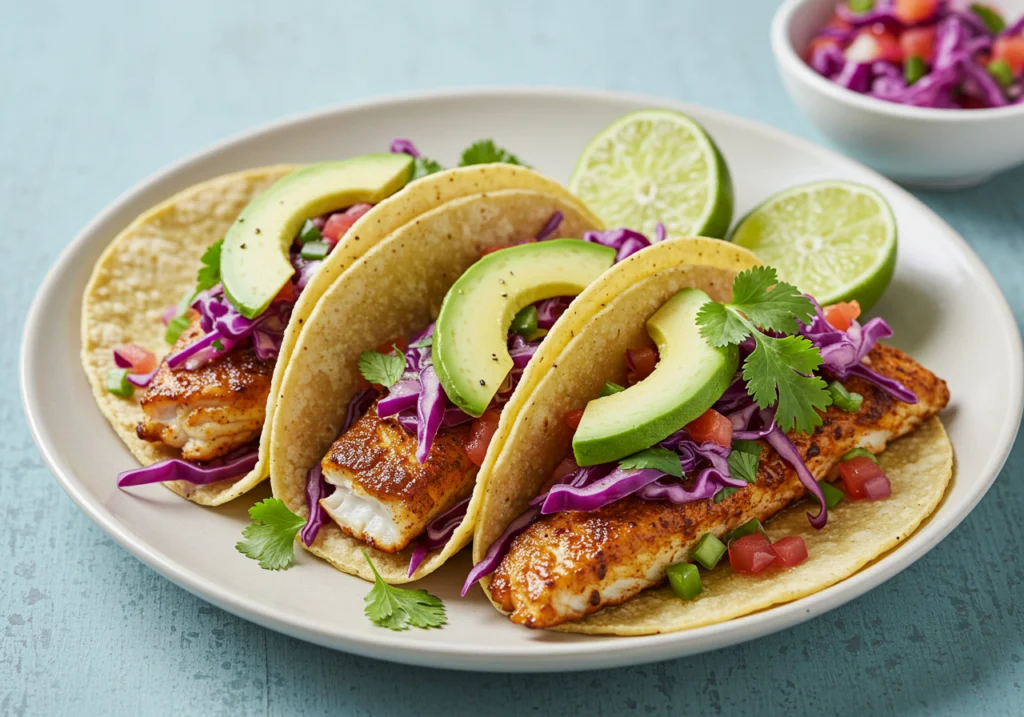
Perfect for a weeknight meal that feels like a special occasion.
Prep Time: 20 minutes
Cook Time: 8 minutes
Servings: 4
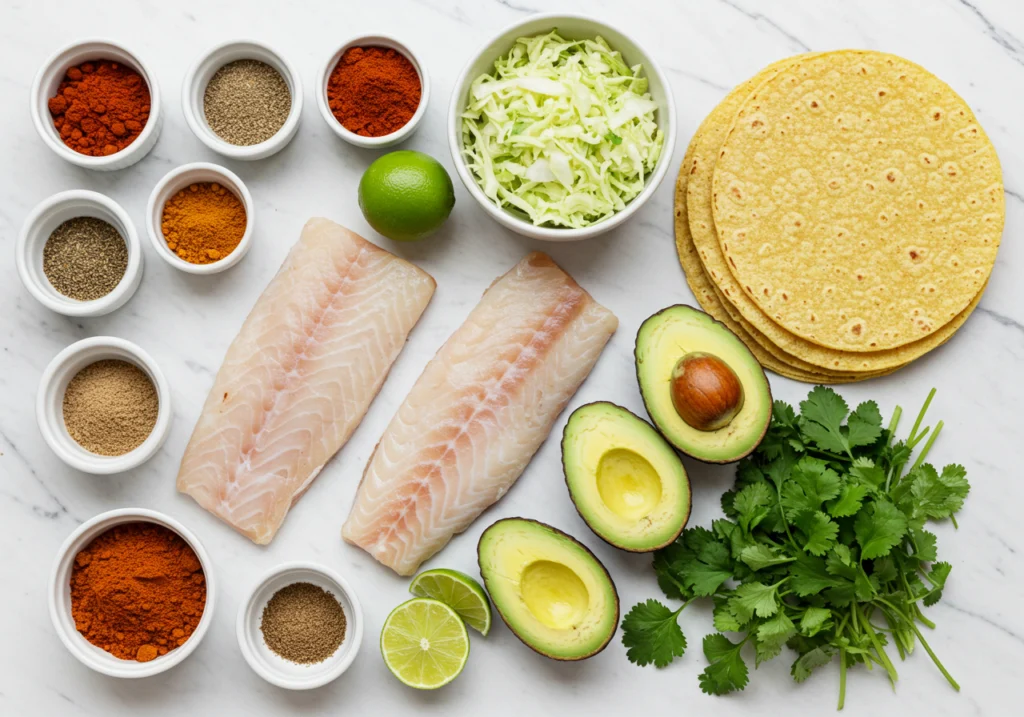
Ingredients:
- 1.5 lbs freshwater sheepshead fillets
- 2 tbsp paprika
- 1 tbsp garlic powder
- 1 tbsp onion powder
- 1 tsp oregano
- 1 tsp thyme
- 1 tsp cayenne pepper
- Salt and pepper
- 2 tbsp olive oil
- 8 corn tortillas
- 2 cups shredded cabbage
- 1/4 cup lime juice
- 2 tbsp olive oil
- 1 avocado, sliced
- Fresh cilantro
Instructions:
- Mix all spices together to create blackening seasoning.
- Dry the fish with a paper towel, brush it lightly with olive oil, and massage the spice mix all over.
- Heat a cast iron skillet over medium-high heat.
- Cook fish for 3-4 minutes per side until blackened and flaky.
- Toss cabbage with lime juice and olive oil for a fast, fresh slaw.
- Gently warm the tortillas and load them up with fish, crunchy slaw, creamy avocado, and a sprinkle of cilantro.
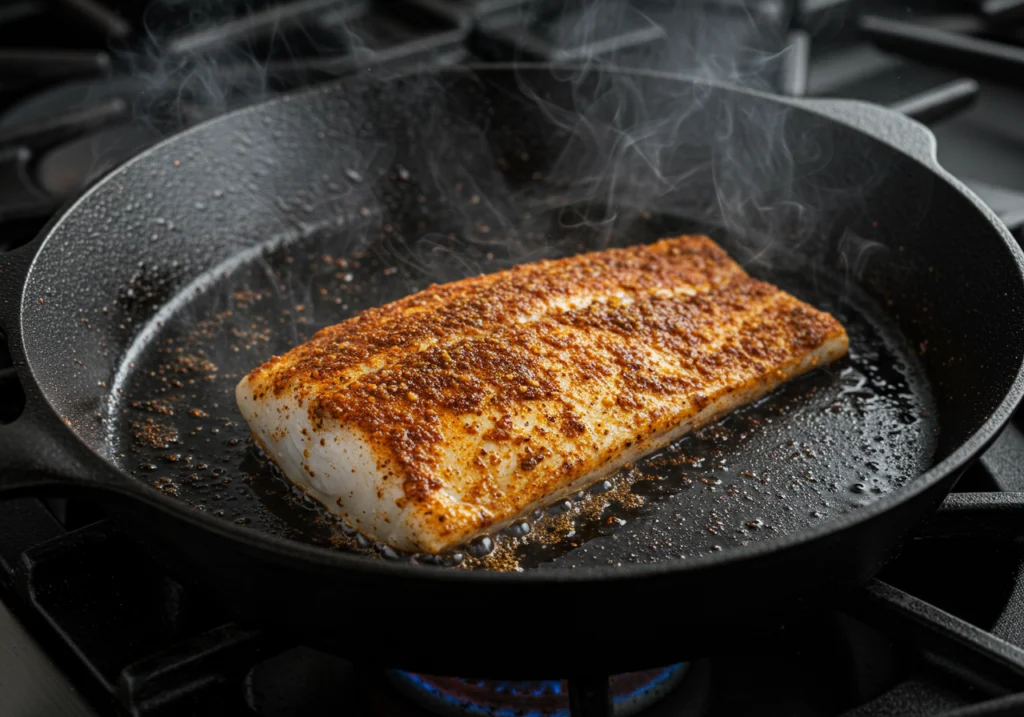
Notes: Soft flour tortillas work well too, but corn tortillas give you that authentic taco shop flavor. Don’t skip the lime – it really brightens the dish.
Recipe 3: Simple Lemon Herb Baked Sheepshead
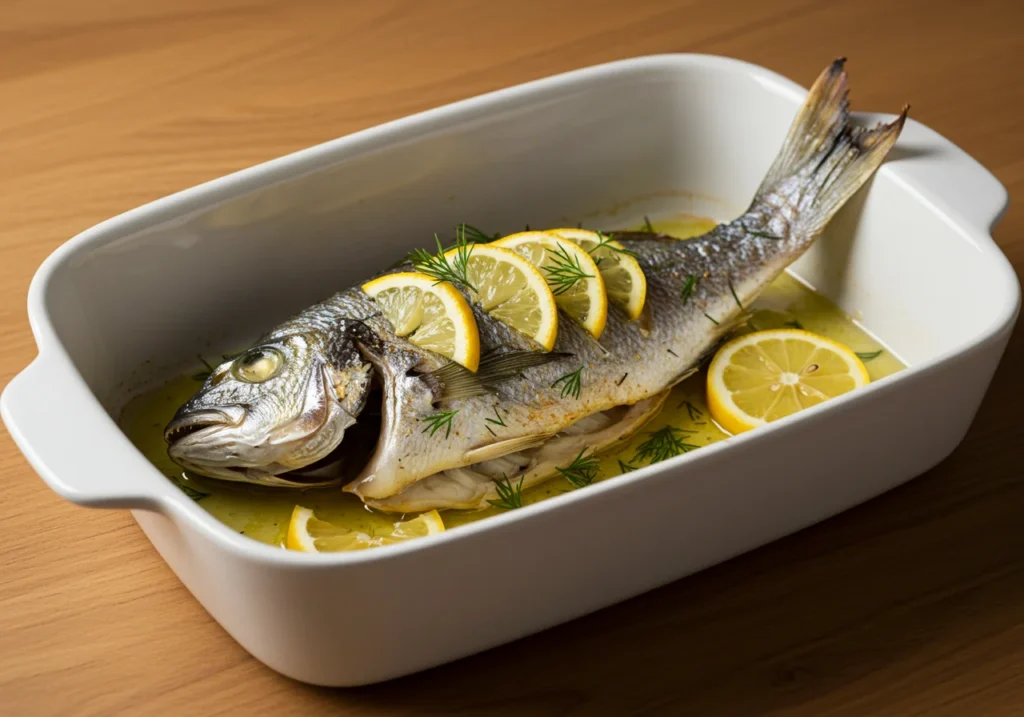
A light, healthy, and flavorful way to enjoy your catch that lets the fish’s natural mild flavor shine.
Prep Time: 10 minutes
Cook Time: 20 minutes
Servings: 4
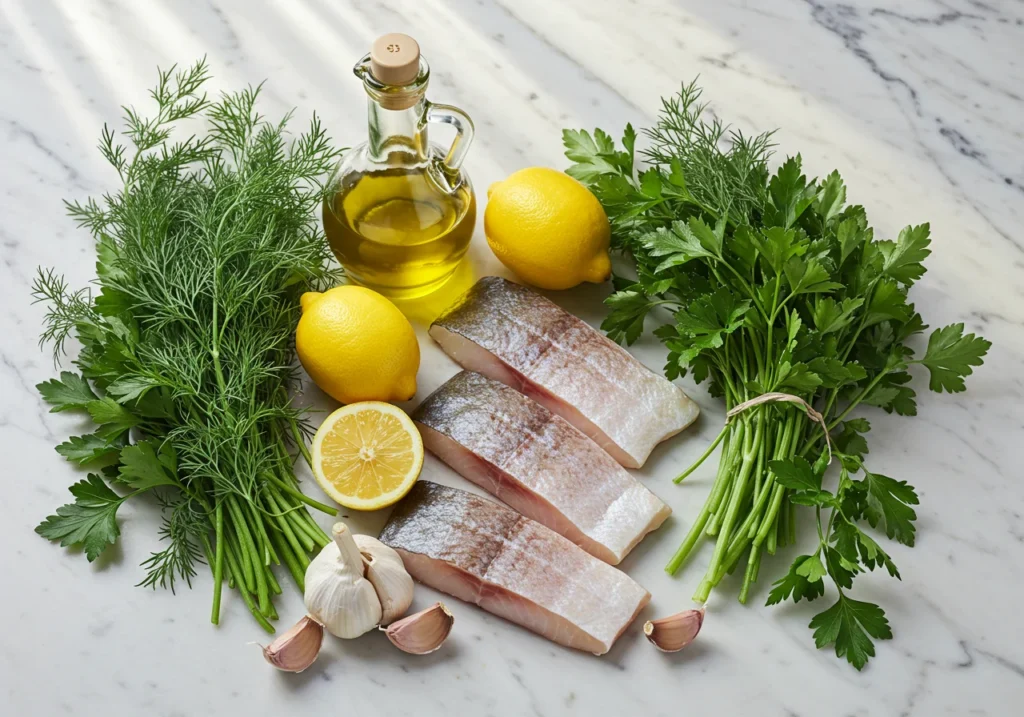
Ingredients:
- 2 lbs freshwater sheepshead fillets
- 1/4 cup olive oil
- 2 lemons (juiced and zested)
- 4 cloves garlic, minced
- 2 tbsp fresh dill, chopped
- 2 tbsp fresh parsley, chopped
- Salt and pepper to taste
- 1 tbsp butter
Instructions:
- Preheat oven to 400°F.
- Place fillets in a baking dish and drizzle with olive oil.
- Combine lemon juice, zest, garlic, and herbs together in a bowl.
- Coat the fish with the herb mixture and sprinkle salt and pepper to taste.
- Dot with butter and bake for 15-20 minutes until fish flakes easily.
- Serve with lemon wedges.
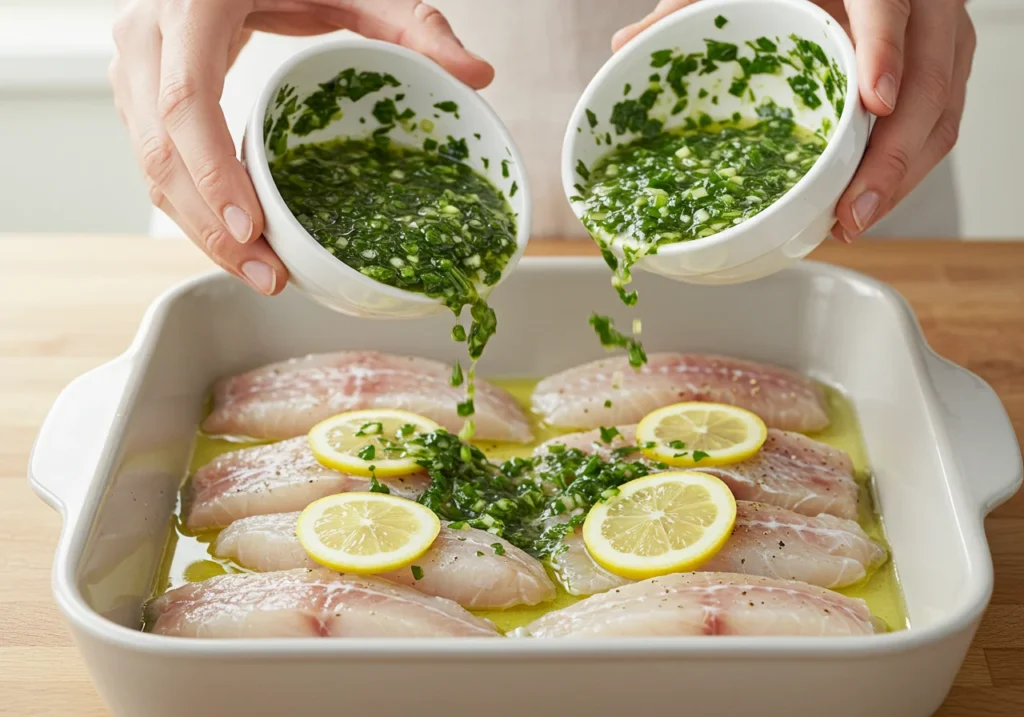
Notes: This method is fantastic for showcasing the fish’s natural flavor. The gentle cooking keeps the meat moist and flaky.
Frequently Asked Questions (FAQ)
Q: What’s the difference between freshwater sheepshead and saltwater sheepshead? A: They are completely different, unrelated species. Saltwater sheepshead belong to the porgy family, whereas freshwater sheepshead (also known as drum) are part of the drum family.They just happen to share a common name.
Q: Can you freeze freshwater drum fillets? A: Yes, but make sure to remove the mud line first. Vacuum sealing works best, but you can also wrap tightly in plastic wrap and foil. Use within 3-4 months for best quality.
Q: What is the “stone” in a freshwater drum’s head? A: Those are otoliths, also called “lucky stones.” They’re calcium carbonate structures in the fish’s inner ear that help with balance and hearing. Many anglers keep them as good luck charms.
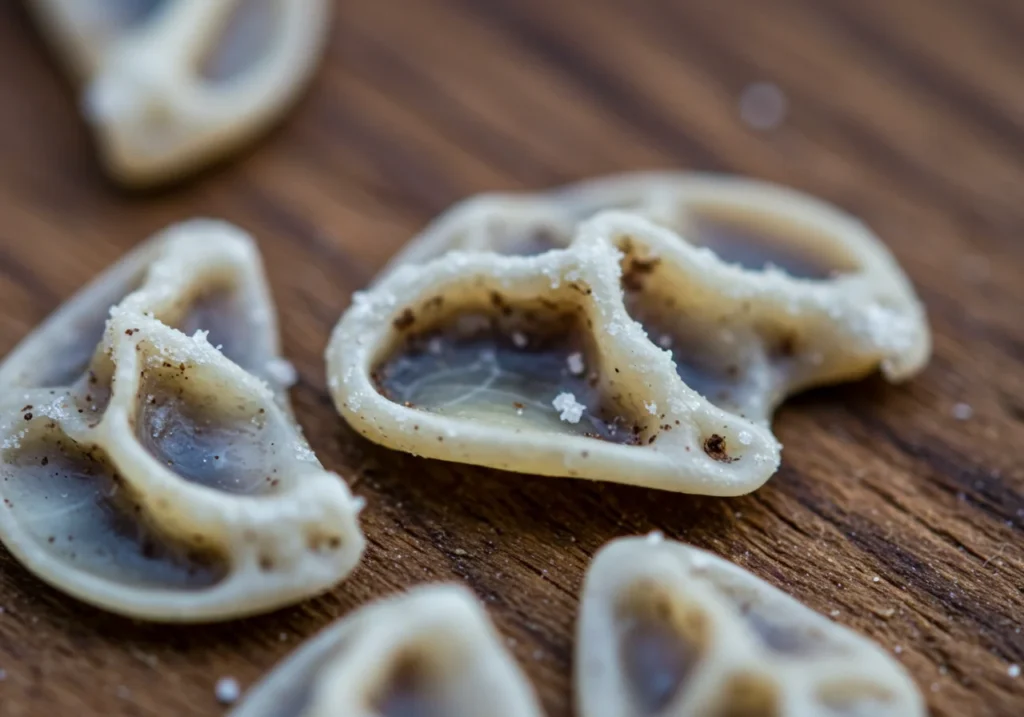
Q: What do you serve with freshwater sheepshead? A: Classic sides include coleslaw, french fries, hush puppies, rice pilaf, or roasted vegetables. The mild flavor pairs well with almost anything.
Conclusion
Freshwater sheepshead (drum) often gets unfairly overlooked despite its true qualities. With proper preparation – especially removing that mud line – and the right recipe, it’s a fantastic eating fish that can rival any premium catch.
The key is understanding that this fish requires a bit more attention during cleaning than others, but the reward is worth the extra effort. Whether you prefer the crispy satisfaction of fried fish, the bold flavors of blackened tacos, or the elegant simplicity of baked fish with herbs, freshwater drum delivers delicious results.
Which recipe will you try first? Let us know in the comments below! And remember, the next time someone tells you freshwater sheepshead is a “trash fish,” you’ll know better – and you’ll have the recipes to prove it.

